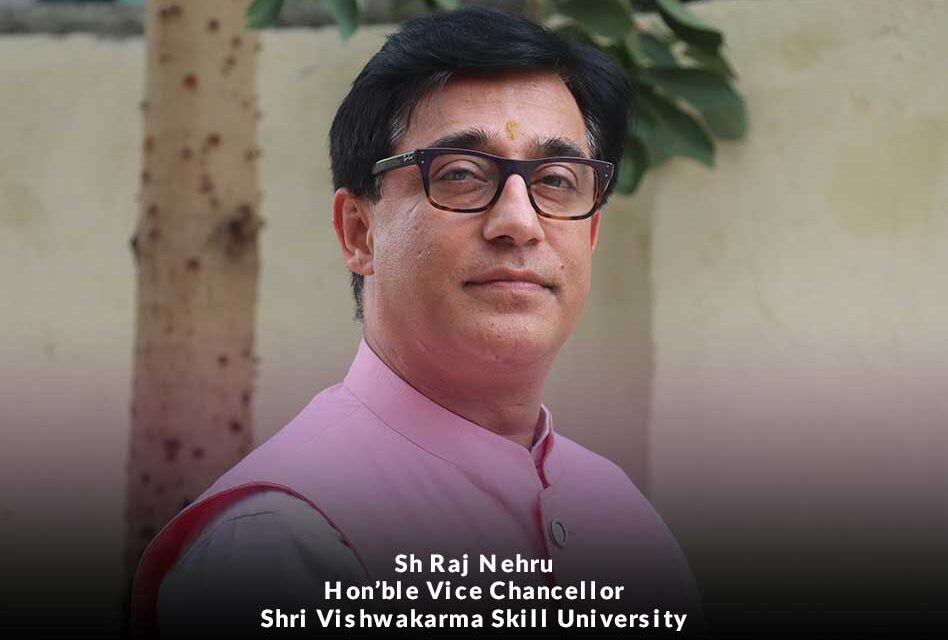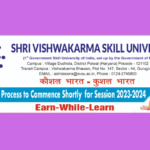The world of work had been changing since the last few decades, and it picked up the momentum in last one decade however the velocity with which it will change post-Covid 19, is going to be unimaginable. This will need the Government to emphasize the strategic shift in skilling policy of the nation and bring in the convergence to sustain and adapt to these changes. Here are a few recommendations that Government may want to consider:
1. Setting up a task force with a representative of MSDE, HRD, Industry & Commerce and Labor and Employment to have a first-hand assessment, dialogue on the future evaluation of skills and employment scenarios in India at Macro and Micro Level. A broader convergence is required amongst the various policymakers representing finance, industry, skill, employment etc. to revisit our National Skill Policy in the wake of the emerging changes and challenges.
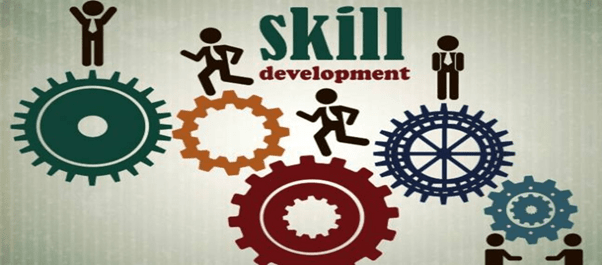
2. There is a need to develop a skilling strategy that is closely connected with changing National education policy and the need for social protection. The skill development strategy must be closely tied up with the emerging needs of various sectors
3.The anticipation of national and international demand is vital for reprioritization of the skill development strategy. There is also a huge need for developing a plan for Life-Long Skills, besides understanding the widening skill gaps in vital and strategic sectors, is essential to drive enhanced employability. The speed of automation and the velocity of change must immediately focus on the need for skilling on the emerging 4.0 technologies in high demand sectors nationally and internationally.
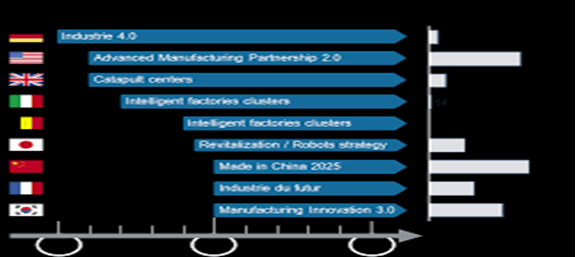
4. India is a unique country with its demography, different from other nations. More than 70% of Indians live in rural areas, and agriculture and local livelihood opportunities will be preferred. The skilling strategy must focus on building an ecosystem in rural belts that helps to develop Rural Leadership Skills that have linkages to our rural economic policy and social protection. A clear policy on the localization of skills is the need of the hour. The local artisans’ development and its linkages to market must be taken up. Self-Employment models, cooperatives for livelihood with 100% Digital Literacy integrated with meaningful outcomes can become a game-changer.
5. There is a need to change the perception towards skill training, that is seen as the last option due to various reasons of quality, resources and infrastructure. The perception is also low because of a poor vertical and horizontal mobility of skill development programs. While the work-based dual model of training programs that can be achieved through integrated apprenticeships is a universally accepted useful mode of skilling our youths for livelihood and employability, it needs to be driven with higher focus, rigour and accountability.
6. The new norm of Blended learning approach must be immediately incorporated with proper policy amendments. The issues related to connectivity, broadband and infrastructure must be taken up on war footing besides providing content in local vernaculars and developing new digital learning, skilling and assessment pedagogies.
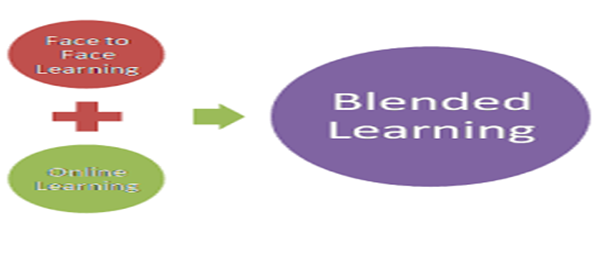
7. A considerable thrust is needed to create a highly-skilled trainer workforce, that is crucial to driving the future mission of Atma Nirbhar Bharat.
These seven-point recommendations are a macro view that can guide us to deal with the emerging skills challenges and need to strengthen our skill ecosystem for more sustainable results.

